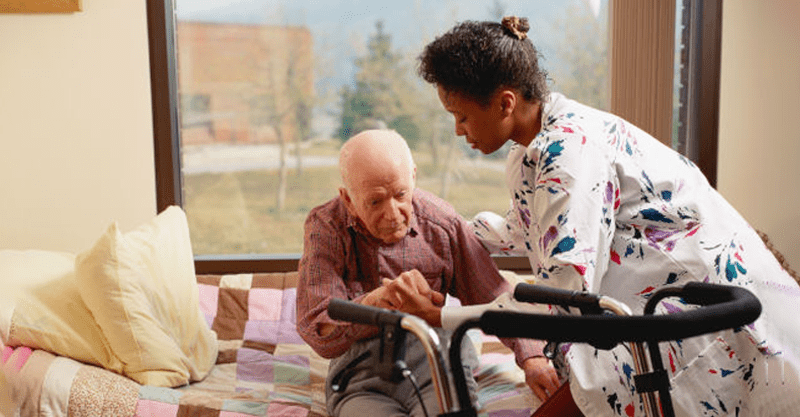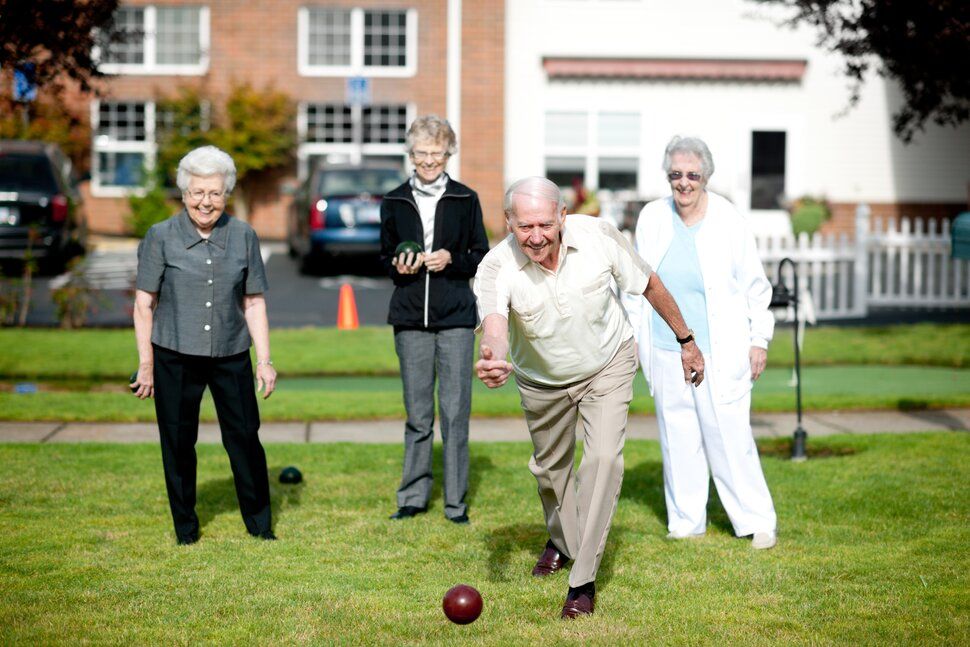4 types of hair dryers you should know about
A hairdryer is a valuable tool for most hair care routines, especially if one wants their hair styled a certain way before stepping out. While it may seem like all the hair dryers in the market serve...

By Modern60
Last Updated on,
September 30th, 2025

After a certain age, you may face health challenges due to a gradual decline in mobility or increased risk of health issues. While these are unavoidable challenges, managing life alone can get tricky. That’s when senior care living helps. However, senior care and living facilities are not limited to assisted living. To understand this concept better, here’s a brief guide that explains the different types of senior care and living facilities.

Assisted living is one of the most common facilities for senior care and assistance. Here, you can receive help with your daily tasks, such as bathing, laundry, housekeeping, meals, etc. Such living services also assist with transportation and 24-hour security. You can also socialize and make new friends while living alone. However, a nursing home or facility is better if you need more than assistance with daily activities.

Skilled nursing facilities are designed for those who need 24-hour nursing care and medical attention. These senior care and living facilities have a team of nurses, doctors, and other healthcare professionals who ensure you receive the best medical care.
In addition, skilled nursing facilities offer rehabilitation and pain management services to help you recover after surgery. They also assist you with daily tasks and fulfill your healthcare needs.

Individuals with Alzheimer’s or dementia experience issues with memory. This symptom can prevent them from performing everyday tasks. Memory care services provide specialized assistance to cater to their unique needs in such cases. This facility has a team of caregivers trained to support patients with cognitive challenges. Most memory care facilities offer therapy sessions to help you manage such difficulties.

Residential care is a type of senior living service that provides 24-hour supervision and care in a home-like environment. It is also known as group homes, assisted living facilities, board and care homes, or adult foster homes. You can have a complete home-like setting to make you feel comfortable. You can typically have a private or semi-private room and share common areas like living and dining rooms, kitchens, and bathrooms with other residents. At these facilities, you receive help and care with daily activities, healthcare management, and occasional nursing care.

In-home care refers to many services provided in your home. It can be as simple as traveling to a doctor’s clinic or helping with light housekeeping chores. You get personal care and assistance with daily activities in your home. So, you can receive vital aid without moving to another facility, which can be a challenge for some.
Moreover, in-home care can include personal care services like dressing, bathing, or using the bathroom.

You can choose an independent senior living facility if you require minimal to no assistance with your daily tasks. These facilities provide a living environment where you can socialize and live with residents your age. They provide all the basic amenities, such as transportation and security. They also have provisions for health care services and some essential assistance services when needed. However, it is important to note that independent living is only ideal for some. If you or your loved one needs assistance with daily activities, an assisted living community may be a better option.

Respite care services provide medical care and assistance when regular caregivers or nurses are unavailable. These services are provided temporarily, usually for a few days to weeks. The staff is trained to assist you in your current living facilities, whether in homes, assisted living, or nursing homes. The main goal of respite care is to avoid caregiver burnout.

Besides respite care services, you should be aware of other forms of short-term senior care services. Many senior care facilities provide short-term services to seniors who want a trial period. If you or your loved one is unsure about a facility or wishes to try assisted living, you can choose short-term care facilities.
It’s worth noting that some senior living facilities provide adult daycare services. If you require assistance during the day, you can spend your time at the daycare facility. Here, caregivers supervise and let you use all the necessary amenities. Additionally, you can socialize with other seniors in the facility.

The Editorial Team at Modern60 is a group of highly skilled professionals with diverse backgrounds in journalism, content creation, editing, and digital media. They bring a wealth of experience and expertise to ensure that every piece of content meets our strict editorial guidelines and quality standards. The team is dedicated to delivering accurate, well-researched, and engaging content across various subjects, including health, wellness, lifestyle, and current events. With their commitment to upholding the highest standards of journalism and content creation, the Modern60 Editorial Team is the driving force behind our mission to empower and inspire our readers.


Unlock expert insights and tips with our exclusive ebook. Enter your email to get your free copy.
Please check your email for a welcome message from Modern60. If it's not in your inbox, kindly check your spam or junk folder
There are no comments yet